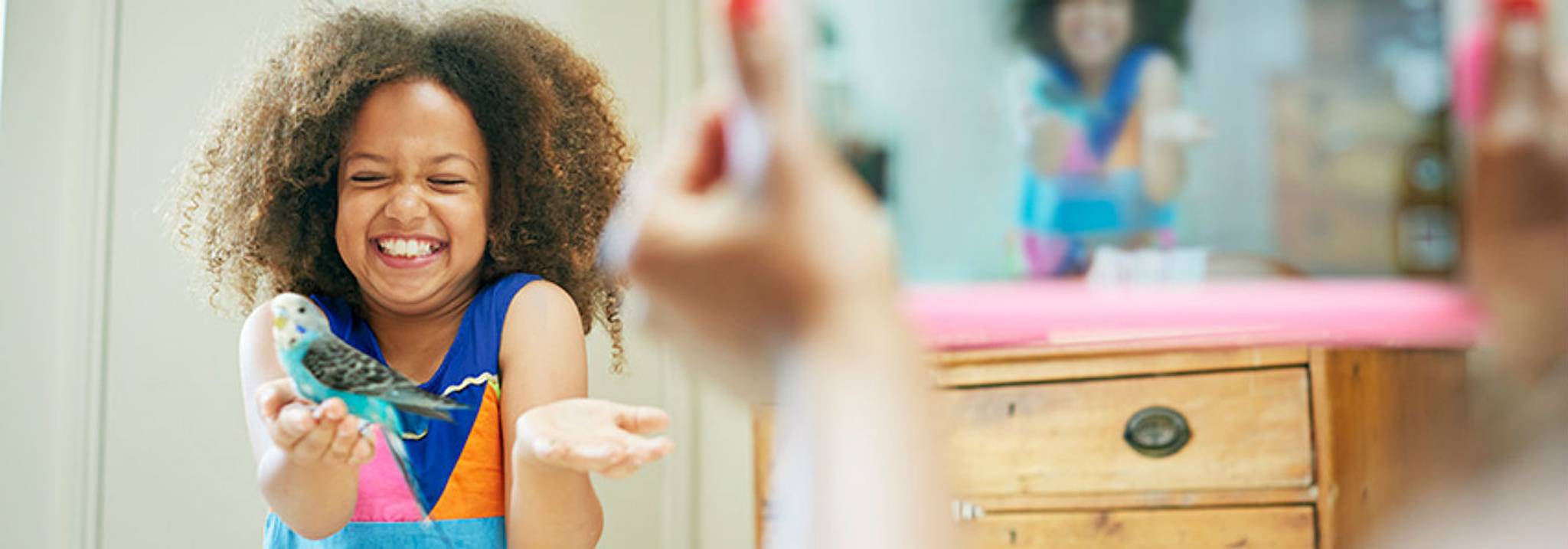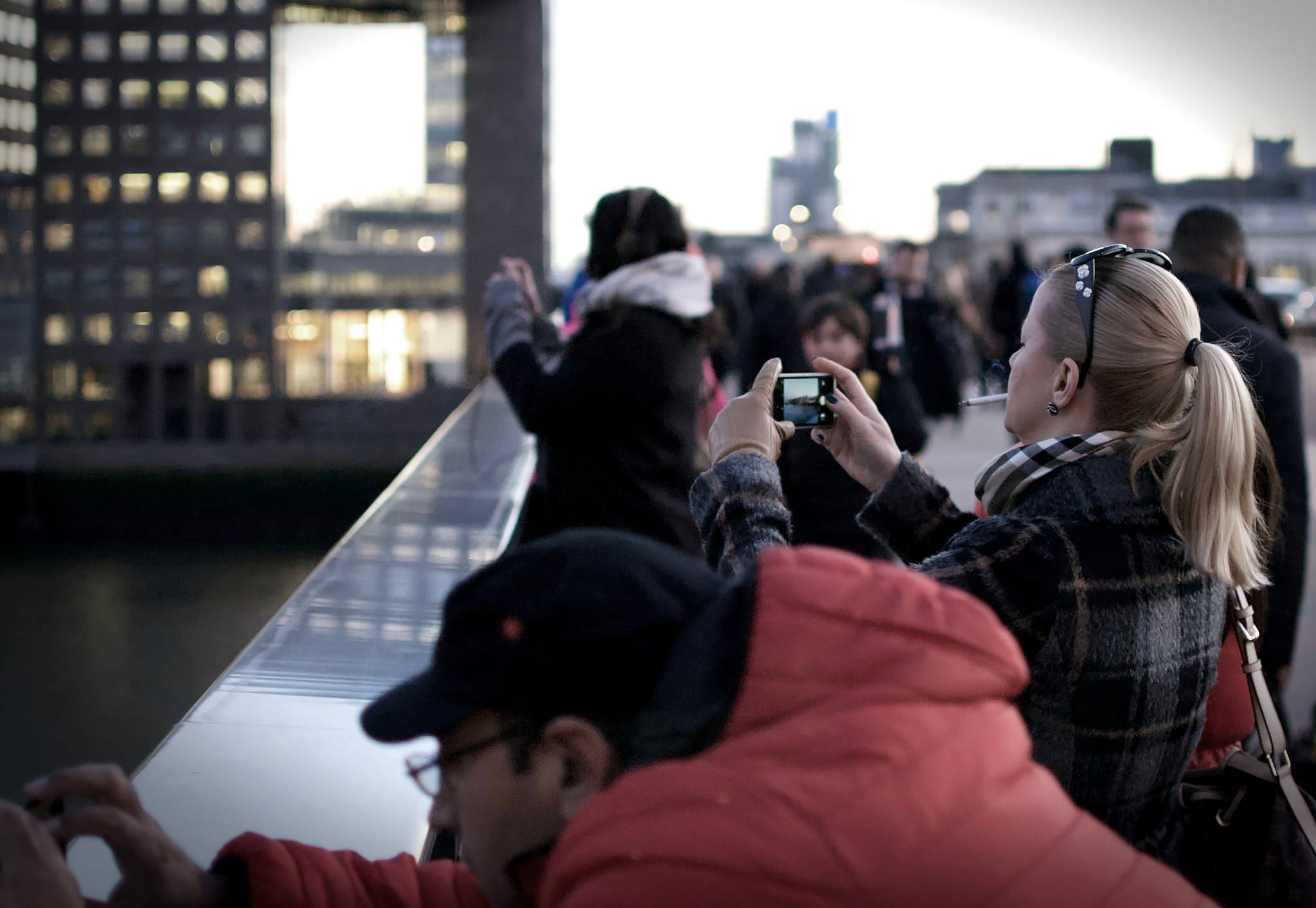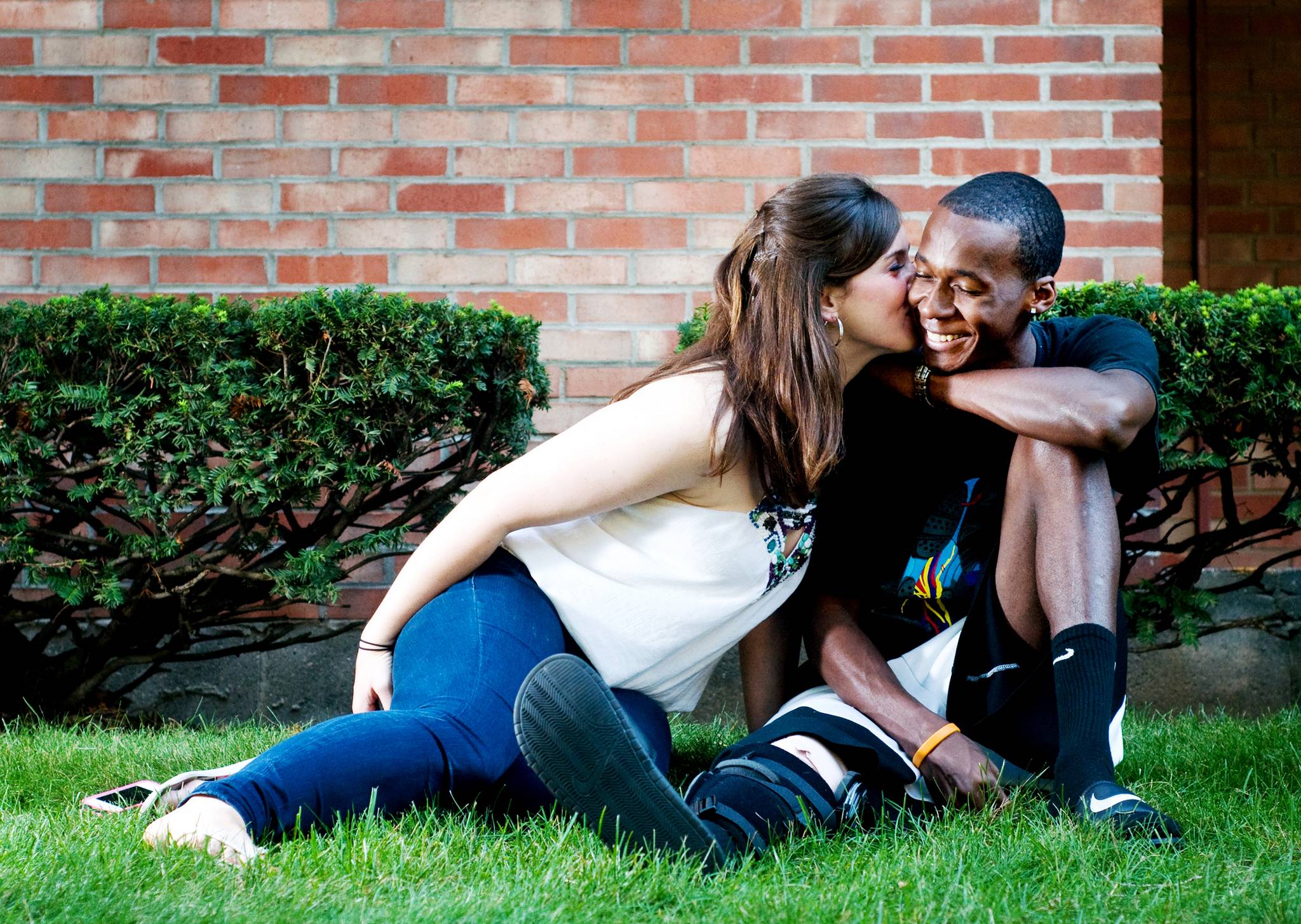
“It’s good to talk.” The tagline that would become synonymous with UK telecoms firm BT was initially spoken by actor and national treasure Bob Hoskins in a 1995 spot. More than two decades on, the company is harking back to its roots with ‘Be There’ – an emotion-fuelled brand strategy that looks to unify its numerous divisions. We explore the insights behind the campaign, which highlights how technology has disrupted not just the way communications are advertised, but how people communicate in general.
BT has announced that all its brand divisions – BT Infinity, BT Sport and its B2B offerings among them – will be channelled through a single strategy that’s universally communicated alongside the strapline ‘Be There’. While each division has been marketed separately for several years, the company intends to craft a more coherent narrative that taps into its role in authentic human connections – whether it’s a little girl chatting to her grandmother via her tablet or connecting top-tier athletes with their fans.
The strategy taps into a brand narrative that can be traced back to the mid-’90s. "We looked at BT over the years and realised we had a strong heritage in understanding people and how they engage with communication," says Zaid Al-Qassab, chief brand and marketing officer. "‘It’s good to talk’ was all about human closeness, how communication brings people together. And we realised with all our technological advances that was something we’d drifted away from, and it was something we’d like to get back to."
It’s not just BT’s branding that’s been impacted by technology – it’s communications as a whole. And it’s not always considered a good thing. While the rise of social media and other tech-enabled communications have seen small towns redefine community, helped people find love and seen seniors maintain independence for longer, it’s also threatened the very nature of face-to-face interactions. With studies suggesting that ‘phubbing’ (snubbing someone with your smartphone) has become an established norm – a behaviour Vodafone has centred more than one of its spots around as part of its #LookUp campaign – a full 61% of Britons wish they could sometimes disconnect. In unifying its brand beneath the ‘Be There’ sentiment, BT is not only promoting consistency company-wide, it’s reminding customers of the true purpose of communication – no matter who they’re connecting with.
Lore Oxford is cultural editor at Canvas8, which specialises in behavioural insights and consumer research. She previously ran her own science and technology publication and was a columnist for Dazed and Confused. When she’s not busy analysing human behaviour, she can be found defending anything from selfie culture to the Kardashians from contemporary culture snobs.



